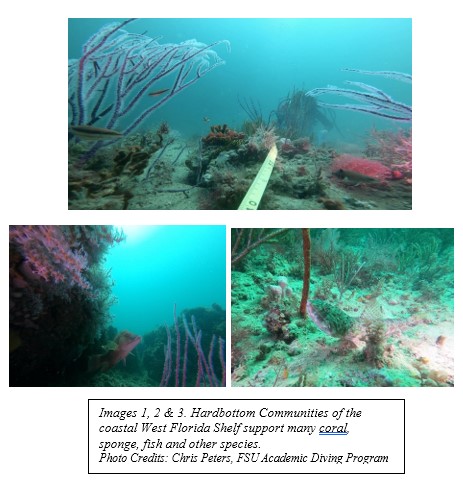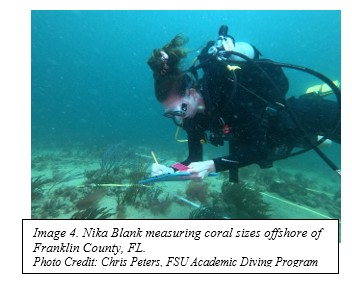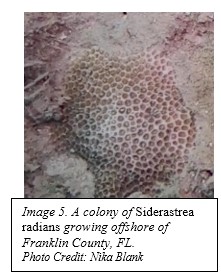Spotlight
Welcome to an initiative by the AAUS to spotlight organizational member projects and divers. Articles will not only be featured here but also in the E-Slate and
AAUS social media.
To join us in spotlighting our community, please complete the form at the bottom of the page or send your articles and photos to
[email protected].
Please be sure that all photos/articles have credits if required.
Home Page
/images/AAUS/Headers/News_Articles.jpg
That’s One Tough Coral
When you hear the word “coral,” what pops into your head? Is it a diverse and colorful reef? Clear and warm waters? Thousands of fish swimming around? This wouldn’t be surprising considering the most famous coral reefs are found in tropical waters like Southeast Asia and the Western Indian Ocean. Tropical coral reefs boast a high diversity of species and are hotspots for tourism. But these aren’t the only type of coral communities shallow enough to dive on.

As you move away from the equator, waters tend to be cooler and become more seasonally influenced by temperature and algal cover. Corals prefer warm temperatures and waters with low nutrients, which algae would otherwise use to overgrow or shade out the corals. They also prefer clear waters where sunlight can easily penetrate and support their photosynthetic symbionts. Cold, murky, and nutrient-rich conditions are not optimal for most corals. But some coral species can survive in these less-than-optimal conditions. Though they do not build their own reefs but rather attach to an exposed hard substrate, these hardbottom coral communities are ecologically and economically valuable (Images 1-3). The structure created by corals and sponges provides refuge, shelter, and nursery grounds for commercial and recreational fisheries. The northwestern coast of Florida is home to many hardbottom coral communities, where water temperatures can get below 60 degrees Fahrenheit and become so murky you can’t see your hand in front of your face. Not what you would initially think of as a coral habitat...

My project found that there were only six species of dominant scleractinian corals across the entire study region. Compare this to about 50 species in the Caribbean and over 450 species in Southeast Asia! Of these six species, the lesser starlet coral, Siderastrea radians, is the most common. This coral is generally small and flat and has a very high stress tolerance even when buried by sediments (Image 5). High stress tolerance is what allows these non-tropical coral communities to survive in sub-optimal conditions. My project also found that the coral and sponge communities of these hardbottoms are very different across different parts of the shelf. For example, two dominant species in the Big Bend, the cup coral, Phyllangia americana, and the sea whip, Leptogorgia virgulata, were not common in the communities south of the Big Bend

The federal government protects these hardbottom coral habitats as “Essential Fish Habitats” under the 1996 Magnuson-Stevens Fishery Management and Conservation Act. Any changes or disruptions to these ecosystems can put the local economy and fisheries at risk of disruption or collapse. However, the distribution and composition of these habitats and their associated communities have been poorly understood. With the support of the AAUS Research Scholarship, this project was able to close some gaps in what we know about these hardbottom coral communities and provides us with the ability to better predict, monitor, and manage the effects of climate change and other disturbances on these communities.
So next time someone mentions their plans to go snorkeling on a tropical coral reef, remember the tough little guys fighting to survive in the difficult places and give them some love too.
Thank you AAUS for your support for my research on hardbottom coral communities..
By Nika Blank
Florida State University Coastal & Marine Lab
2020 AAUS Scholar